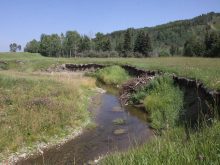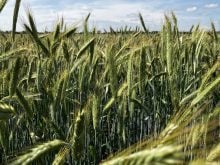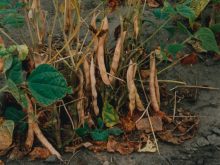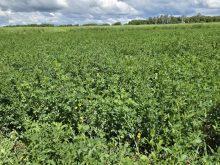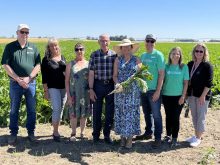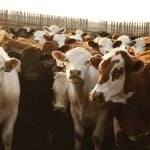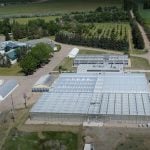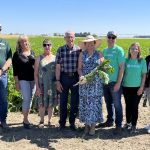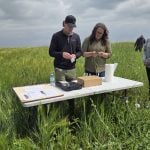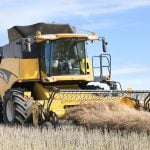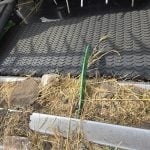Peas mature from the bottom up.
At maturity, bottom pods are dry and pea seed will often rattle within the pod. Middle pods are yellow with the seeds dry and firm.
Top pods look similar to the middle pods with a more greenish coloration.
Upper pods should be rough or leathery. Seed in the upper pods should split into two halves when squeezed. If seeds mush, assess other plants and areas to determine the overall picture of maturity in the field.
With yellow varieties ensure there is seed colour change from green to yellow.
Read Also
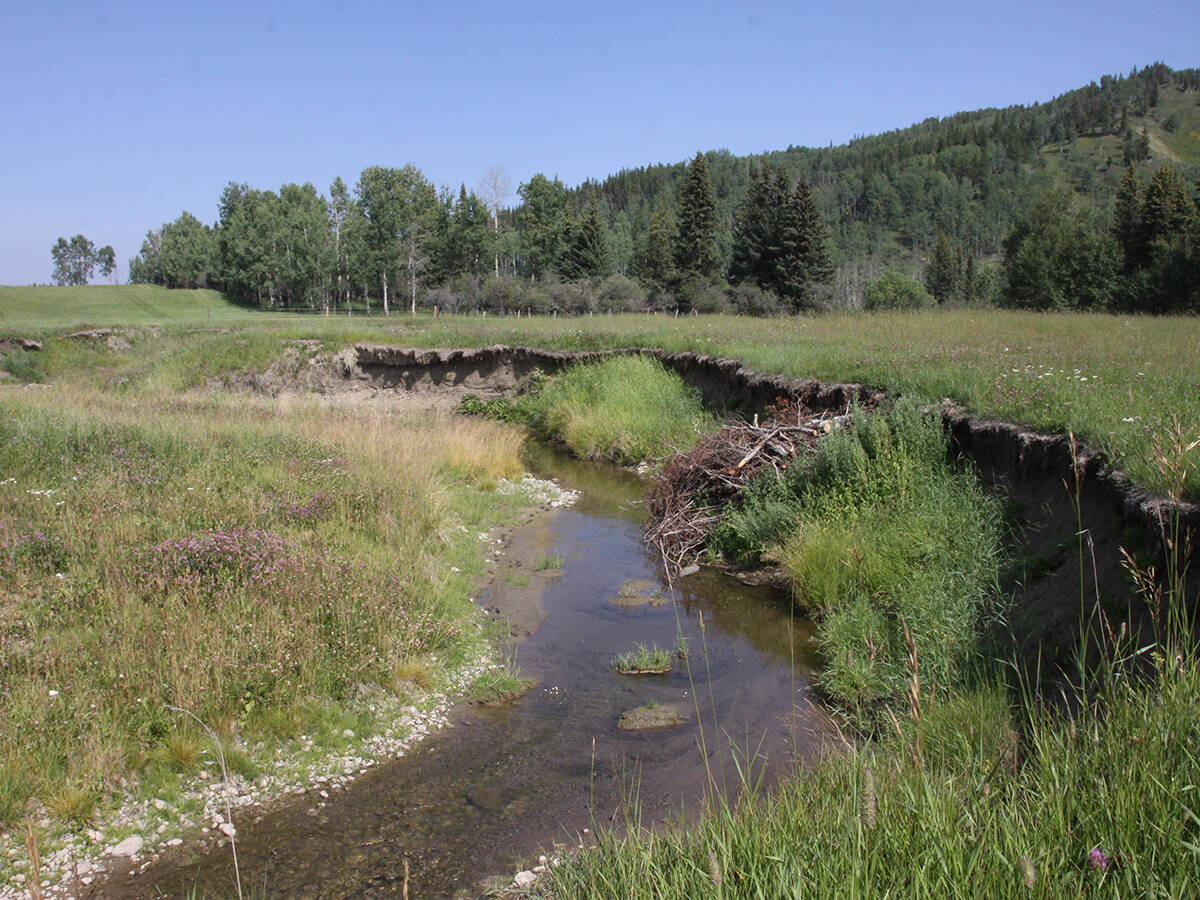
Alberta eases water access for riparian restoration
Alberta government removes requirement for temporary diversion licence to water plants up to 100 cubic metres per day for smaller riparian restoration projects
If this transition has not taken place, there is a risk of locking in the green colour in the seed.
This is of concern when looking at marketing into the yellow human consumption market. This does not pose an issue for feed.
Pea fields will often be uneven in maturity. Low areas with better moisture regime may not be as mature as upslope areas or hilltops.
It is necessary to determine when the majority is mature. Reglone provides desiccation whereas glyphosate gives weed control.
For additional help, farmers can visit www1.agric.gov.ab.ca/$department/deptdocs.nsf/all/faq7206?opendocument and look under desiccation or pre-harvest glyphosate application – frequently asked questions.
Swathing peas
Excessive shattering can occur if peas are not swathed in the right stage.
Pods and vines can have as much as one-third lime green colouration and they will cure in the swath.
Pea swaths are prone to wind damage because there is little stubble left to anchor them.
Be prepared to delay swathing immature areas, otherwise overall quality and quantity may be affected. Swathing at night or early morning will reduce shatter losses.
Straight cutting
Peas that can be straight cut have little risk of excess shatter losses. Match the reel speed to ground speed to minimize shattering.
Some varieties shatter more easily. It is important to maintain proper header height to avoid picking up dirt.
Moisture content
Peas can be threshed at up to 20 percent moisture content. Dry is 16 percent.
As the moisture content decreases, the risk of seed cracking and splitting increases.
This is of key concern when peas are to be used for seed.
Combining during the heat of the day can increase shatter losses and splits and cracks.
Gentle handling
When setting the combine, open the chaffer and sieve nearly all the way and then close them down for adequate cleaning.
Slow cylinder speeds down. As a guideline, set concaves approximately one-quarter inch at the front and one-half inch at the back.
Opening the sieves and increasing wind speed will help in separating peas from chaff and straw.
When unloading the combine, slowing the engine will minimize seed damage in the unload auger.
Conveyors greatly reduce the amount of seed damage.
Where conveyors are not available, slow the auger speed to minimize damage. When unloading into a bin, bean ladders or speed reducers help to minimize seed damage.
Aeration
Peas can be stored at 16 percent moisture or lower and at temperatures below 15 C. Aeration fans can reduce moisture and temperature levels, which improves storage.
If heat drying is necessary, air temperatures should not exceed 45 C to preserve germination, and the sample should not be dried more than four to five percentage points per pass through the dryer. Temperatures up to 70 C should be used only for drying feed peas.




